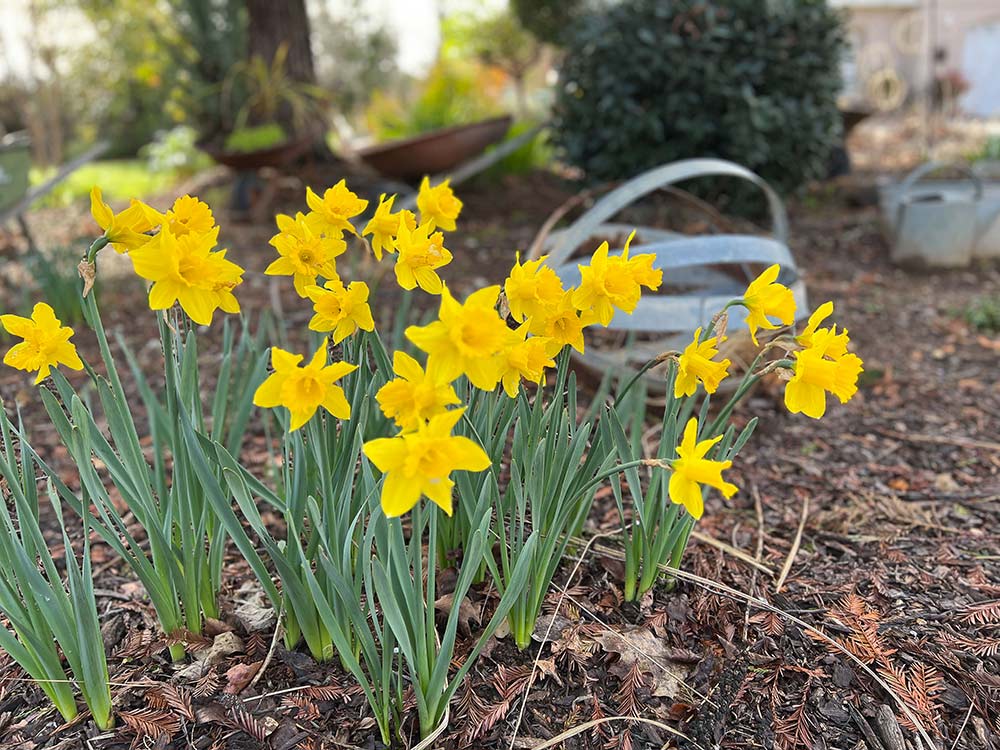
What is a more cheerful sight than the daffodils of Spring. One of the early flowers to break through the browns of winter. I have multiple varieties of them planted everywhere. They surprise me with blooms in places I forgot. Pick some or buy them at a local store and bring some cheer inside too!
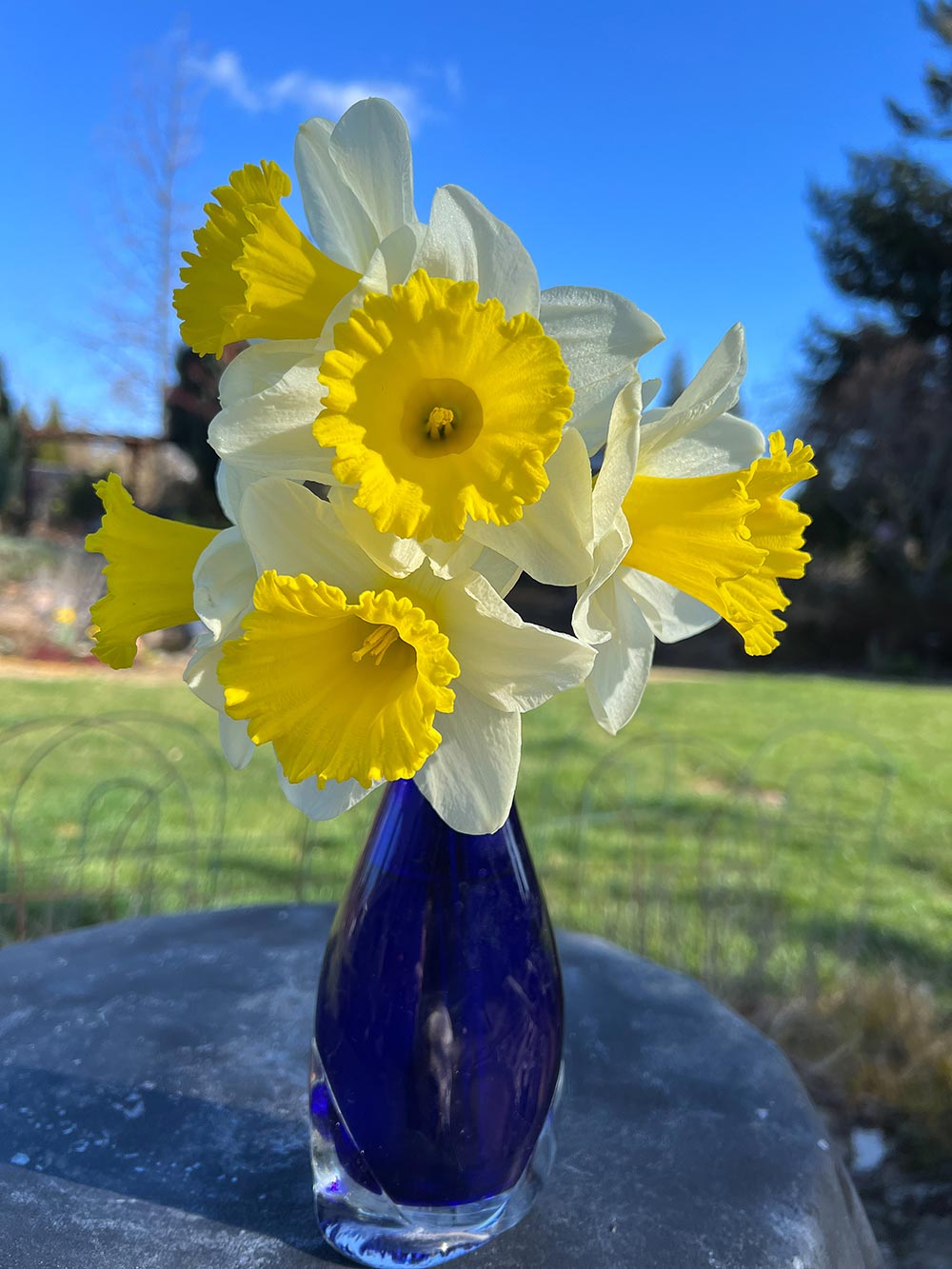
Daffodils (narcissus) are perennial and easy to grow and will continue growing and dividing for years to come, as long as they don’t get much summer water or “sit” in soggy soil. They need well-draining soil. I was reminded of this recently on a visit to Lebanon, Oregon (Willamette Valley) where I saw many clumps of daffodils growing randomly along the roadside. They received no care and no watering, only rain for water! The native soil there is generally well-draining loam, so the bulbs don’t get “soggy feet, as happens a lot in Northern California where the soil is often heavy clay.
If you are planting new bulbs, it is best to plant them in the Fall 3-6” deep with the pointed tips up. Plant them in full sun and well-draining soil. They also like a winter chill. They will come back year after year to greet you in the spring. Over time the bulbs will even multiply so your daffodil “garden” will get larger. Two of my favorites are the thalia daffodil which is all white and very elegant, and the Salome daffodil, which has a apricot-colored center.
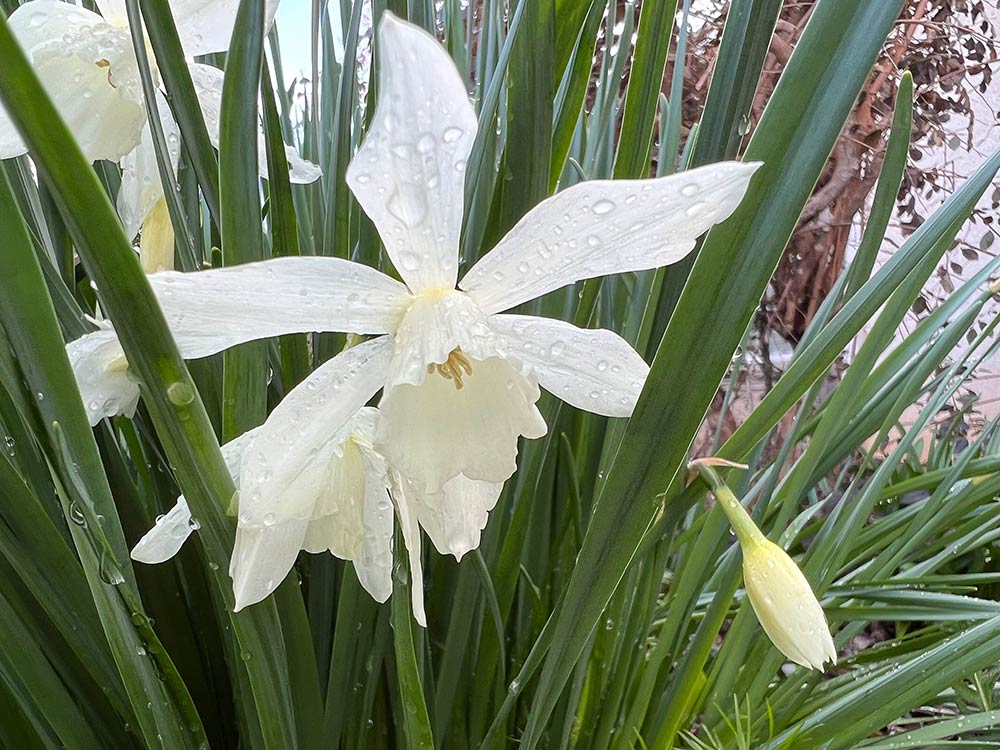
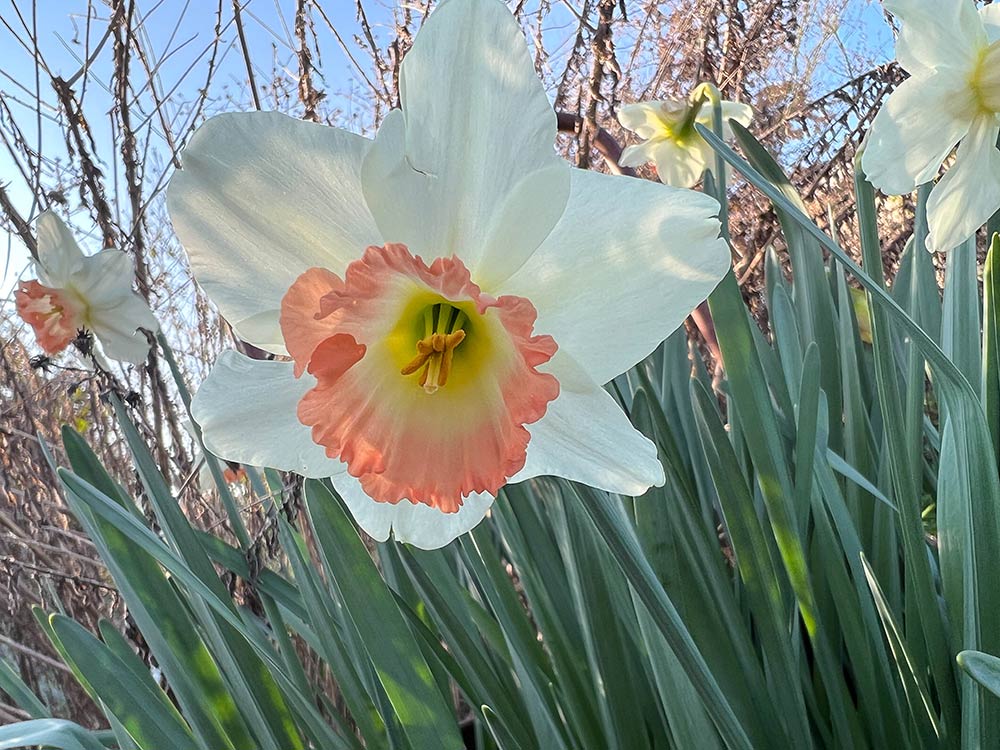
After daffodils bloom, it is best to leave the foliage until it dies back and is a papery tan in color. This puts energy into the bulb for next year’s growth. If you have a large clump of daffodils with few blooms and mostly foliage, you may need to divide them. Dig up the clump after the foliage has completely died to papery brown color and replant.
Daffodils are a low-maintenance plant that will bring you cheery blooms for years. If you don’t already have them in your garden, find a place to plant some this Fall.
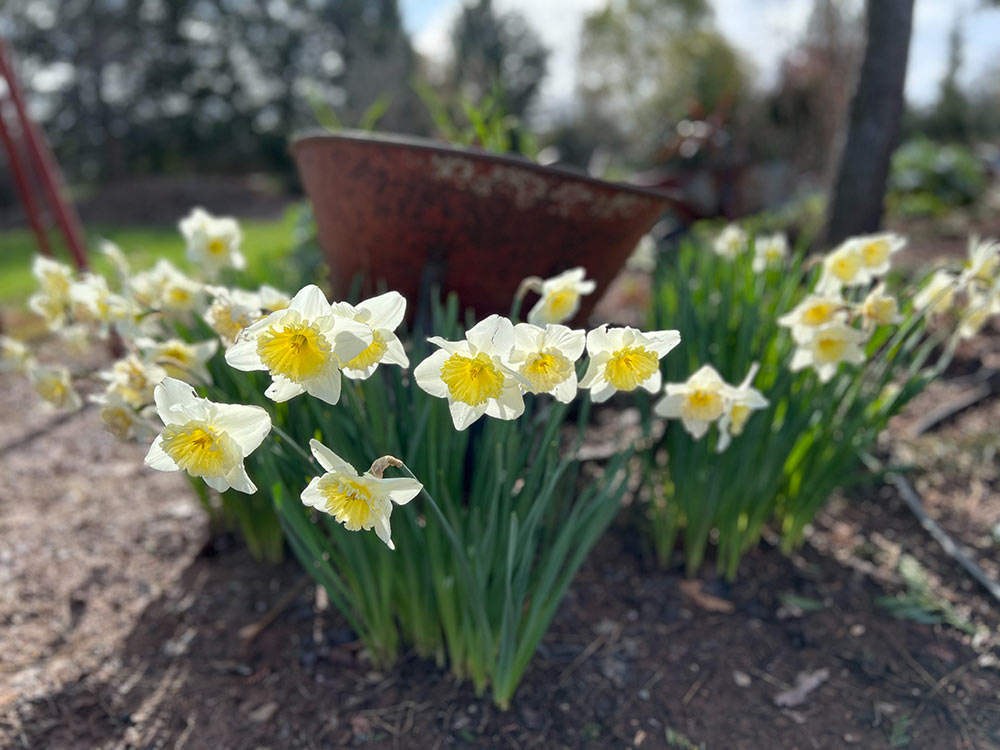


Leave A Comment